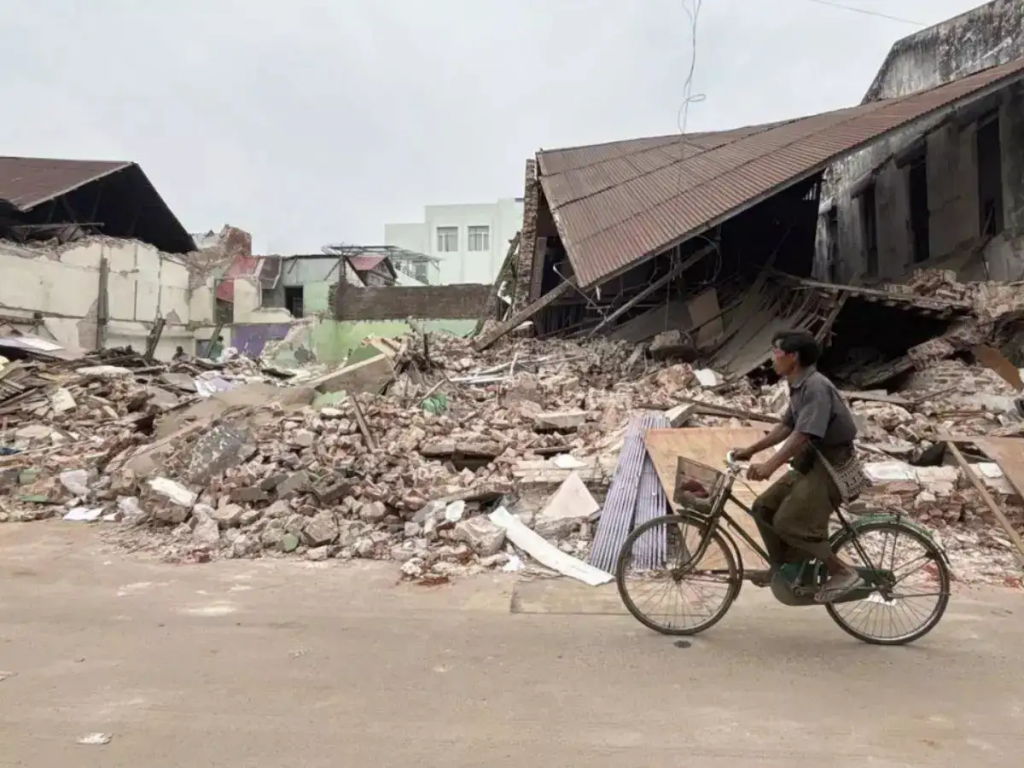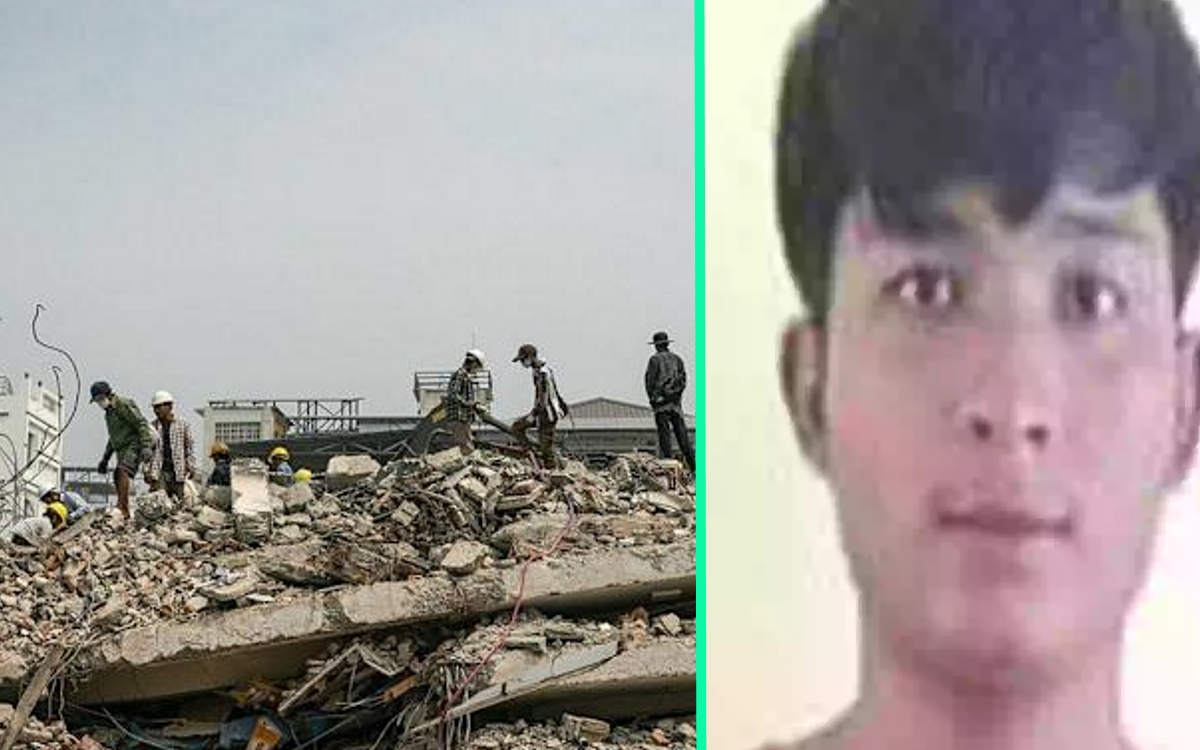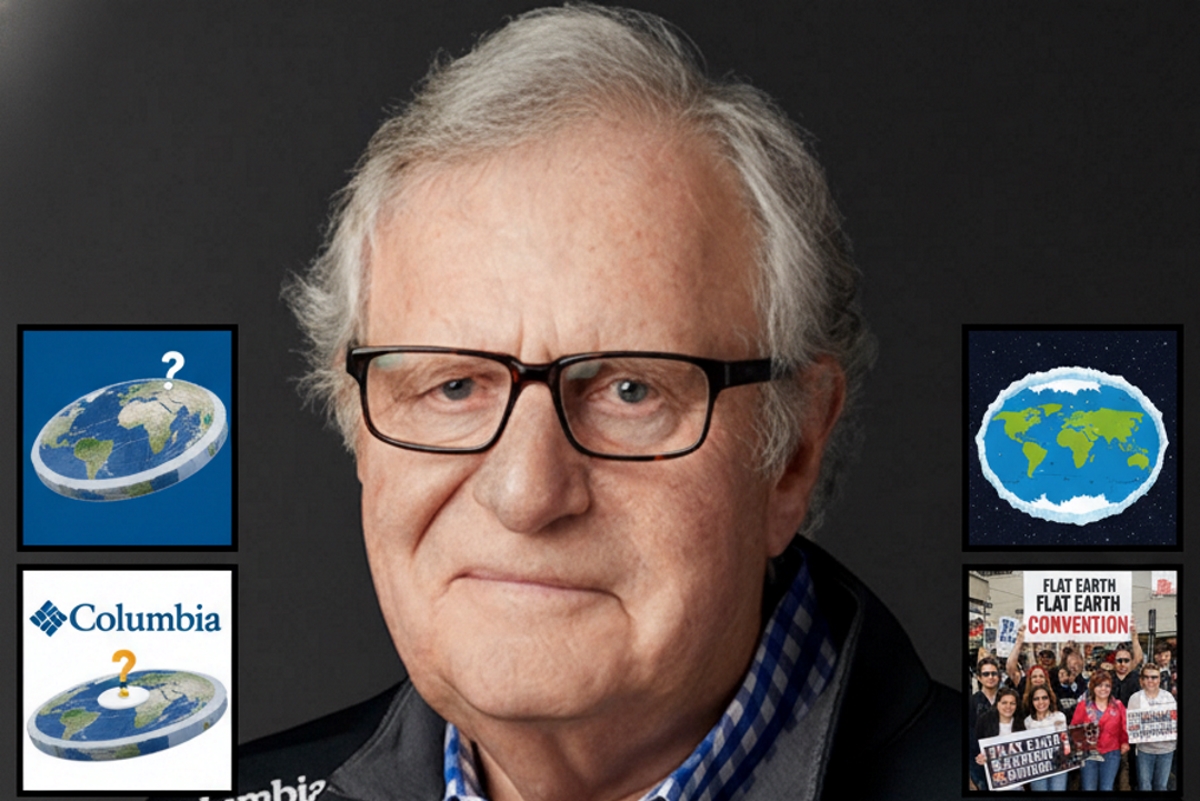Popular TikTok creator John Moe The, 21, was arrested in Monywa on April 22 after his viral video ominously forecast a “very strong” earthquake hitting every city in Myanmar on April 21—a warning that sparked mass evacuations and street camps despite no tremor materializing. People magazine first reported the dramatic raid on his home.
“Take important things with you and run away from buildings during the shaking.” — John Moe The (@JohnMoeThe)— John Moe The (@JohnMoeThe) April 9, 2025
His TikTok post, viewed over 3.3 million times, urged residents to avoid tall buildings “during the day” and sparked widespread dread just weeks after a 7.7 magnitude quake killed more than 3,700 and left tens of thousands homeless. CBS News details how neighbors fled into makeshift camps under streetlights.

“We got a tip-off about fake news being spread through a TikTok account that a severe earthquake will hit.” — Myanmar military government statement via AFP— AFP News (@AFP) April 24, 2025
Authorities charged him under Myanmar’s stringent anti-misinformation laws, warning that “criminal prosecution” awaits anyone who “writes or shares fake news.” Human-rights groups, including Human Rights Watch, condemned the crackdown—citing the right to free expression amid a history of media repression.
Seismologists stress that, unlike weather, earthquakes cannot be precisely predicted—only probabilistically forecast over years, not days. The U.S. Geological Survey states clearly: “No one can forecast the exact time or place of an earthquake.” USGS FAQ reaffirms this scientific consensus.

“Predicting an earthquake to the day is impossible—science isn’t magic.” ScienceAlert— ScienceAlert (@ScienceAlert) April 20, 2025
Meanwhile, communities remain on edge. In Yangon, families formed nightly vigil circles, checking basements for safety; in Mandalay, street vendors reported a 40% decline in evening business as fear of aftershocks lingered. Hindustan Times paints a vivid picture of daily life upended by digital alarmism.






